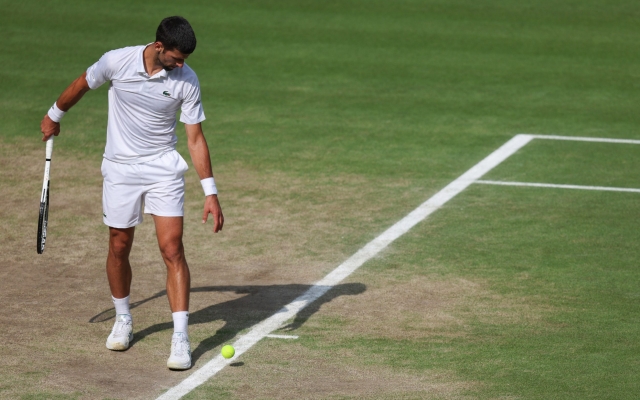 The usual suspect: Novak Djokovic hitting the ball before serving against Carlos Alcaraz at Wimbledon this year Photo: Charlotte Wilson/Offside
The usual suspect: Novak Djokovic hitting the ball before serving against Carlos Alcaraz at Wimbledon this year Photo: Charlotte Wilson/Offside
According to Tim Henman, chairman of the Wimbledon Tennis Committee, this is becoming a major problem. The sport needs to solve the problem of the pause between rallies. Excessive bouncing of the ball is just one of many tactics used to slow down the game and give players room to think. The most popular is the towel-drying process after each draw, which, ironically, was first used by Henman's great rival Greg Rusedski in the 1990s as a way to keep from jerking from one spot to the next. While Rusedski may have personally benefited from his innovation, these constant delays are tiring fans and infuriating planners.
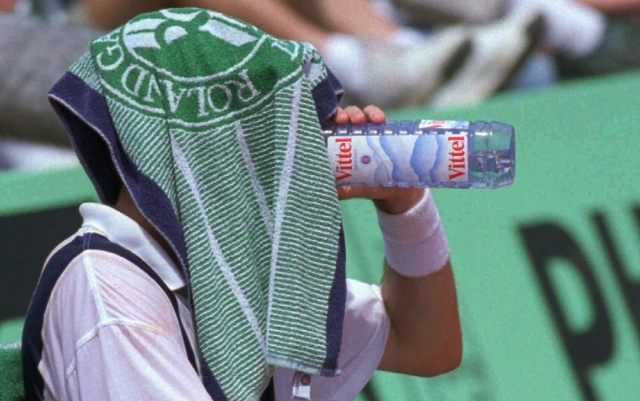 Pioneer: Greg Rusedski under the towel during the 1996 French Open Photo: Lionel Cironno/AP. 'Rules are not respected'
Pioneer: Greg Rusedski under the towel during the 1996 French Open Photo: Lionel Cironno/AP. 'Rules are not respected'
As Henman told Telegraph Sport last week: 'The rule says you have 25 seconds, but that's not how it's implemented. When I was on the court in the United Cup, the referees did not start the shot clock until eight, nine or even 10 seconds after the end of the previous rally.
“If you add that up, you get an extra minute for an average game, an extra 10 minutes for an average game, and almost an hour in a five-set game. You see three-set matches like the final in Cincinnati the other day — as amazing as it was — and they last almost four hours. And this at a time when most sports are trying to speed up.”
Statistics support Henman's argument. At last year's US Open, men's games averaged 176 minutes, the longest ever. It is alarming that this number has risen by 26 minutes since the 2017 US Open, which was the last year before the tournament introduced a visible shot clock.
This trend is not only due to delays between rallies. Balls and court surfaces are slowing down a bit every year as athletes improve in fitness, and horrendous bathroom breaks — another method of restoring your opponent's focus or rhythm — are also spreading.
'No one ever gives up. him a warning'
However, it is hard to avoid the conclusion that the shot clock has backfired. The idea was to take the subjectivity out of the process and respond to claims of favoritism for high-profile players like Rafael Nadal (another man with endless pre-serving routines, including brow smoothing and butt-picking). By making a 25-second countdown visible, the system was supposed to put an end to the notion, bluntly stated in court in 2014 by Dmitry Tursunov, that “Rafa is eight seconds behind and no one warns him.”
< p>Nevertheless , the gray areas remain — especially the question mark when the countdown begins. And there are a lot of players who are now looking at the shot clock and calibrating their time to use all rights.
In the words of experienced British coach Dave Sammel: «Often the big names go beyond the limits.» Whereas, if you go back a few decades, giants of the 1970s like Bjorn Borg and Arthur Ash were barely out of breath. Video of their meeting at the 1973 US Open shows that it took the young Borg an average of eight seconds to take the ball from the ballboy, turn around, toss it once and toss it up. Ash was comparatively behind, averaging 10 seconds between points.
According to Henman, “The sport was very different in those days. There were more innings and physicality wasn't at the same level, so we can't expect people to play that fast today.
“However,” he added, “we see numerous instances of extra-long matches and players finishing games at crazy hours of the night, like Andy Murray leaving the court after 4am in Australia. This makes scheduling very difficult, especially if you're trying to organize nighttime activities.»
So what's the solution? Sammel proposes to drop the warning system, which allows players one «time violation» before they are penalized with the loss of the first serve. He would just immediately fix this pitch. Henman would like for the NextGen ATP Finals to have the countdown start automatically after the previous point has been completed, thereby depriving the referee of interpretation. Others argue that the shot clock should be reduced to 20 seconds.
However, tennis officials have compelling answers to all of these questions. They say the two-hit principle makes it easier for referees to call time violations. If the first pitch were to be lost immediately, it would often elicit a violent reaction from the player and thus change the dynamics of the match. Many officials would rather let go of the timing than push themselves to the fore in this way.
As for the question of when to start the clock, there are a lot of variables here, including the weather and the size of the court. In New York City, for example, players take longer to bring their towels to Arthur Ashe Stadium — tennis's largest arena — than to Court 14, especially since ball-playing kids are now spared the need to carry towels back and forth. for hygiene reasons.
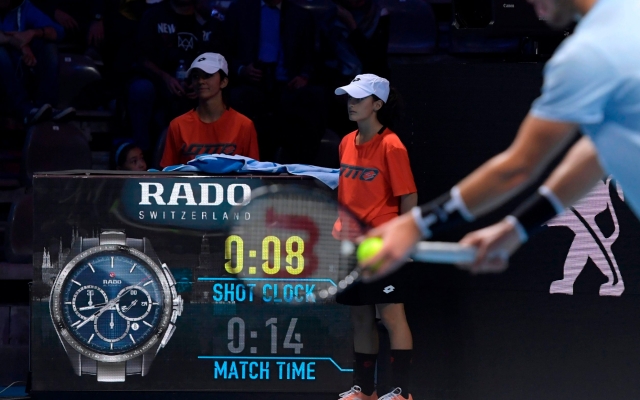 The toss timer has been introduced to avoid wasting time. Photo: Miguel Medina/AFP
The toss timer has been introduced to avoid wasting time. Photo: Miguel Medina/AFP
What about crowd noise after spectacular or lengthy rallies? Although the referees usually announce the score and start the shot clock immediately after the winning serve, they usually wait until the applause for the decisive point has stopped. “You have to show compassion when the players bend over and choke,” one of them told me. They added that reducing the countdown to 20 seconds would be «impossible.»
«Cooperation needed»
The recent Wimbledon final is an interesting example. On the one hand, dissatisfaction was heard in the stands with Djokovic's constant bouncing of the ball. On the other hand, the match is already perceived as a classic. If tower umpire Fergus Murphy had been more strict and established himself as the third player in the drama, wouldn't it have detracted from the spectacle of two great players meeting?
In this difficult situation, one can hardly help. due to the different nature of tennis refereeing. Each of the sport's seven major stakeholders (ATP, WTA, ITF and the four Grand Slams) has separate teams. There is no single supreme judge. As Henman explains: “The whole sport needs to cooperate much better so that we can find unified solutions. We have seen improvements such as the 10-point tiebreak in the deciding set, which is now the standard for Grand Slam tournaments, but it would make sense to bring the entire refereeing system under one roof.”
No action. , matches will no doubt get longer, especially now that juniors are being actively taught to incorporate lengthy mid-game drills into their games. Unfortunately, their role models on this front will always be Nadal and Djokovic, not Borg and Ash.



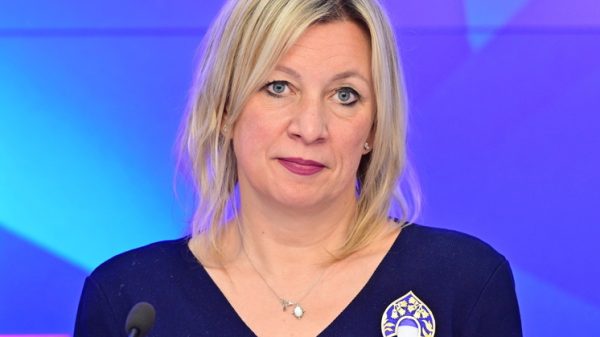
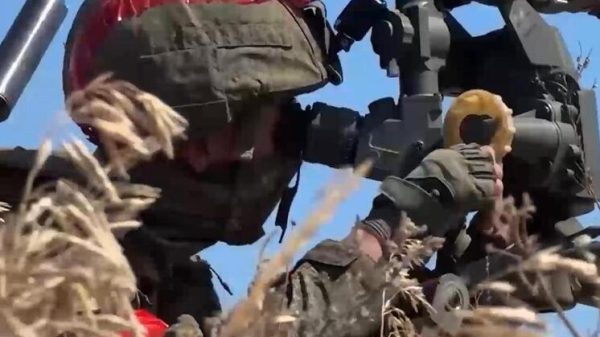


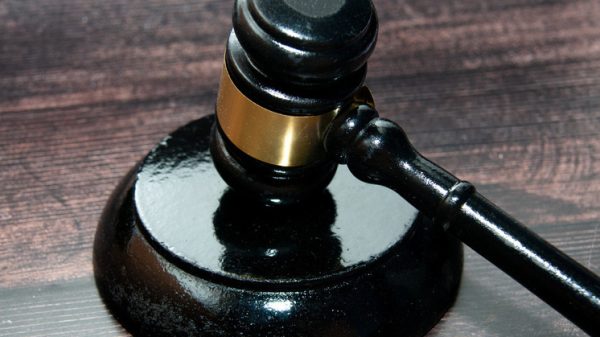

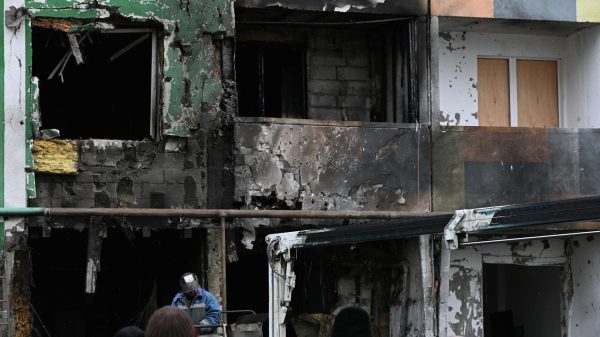

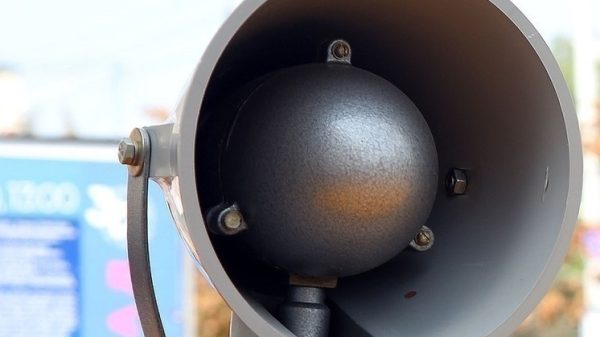
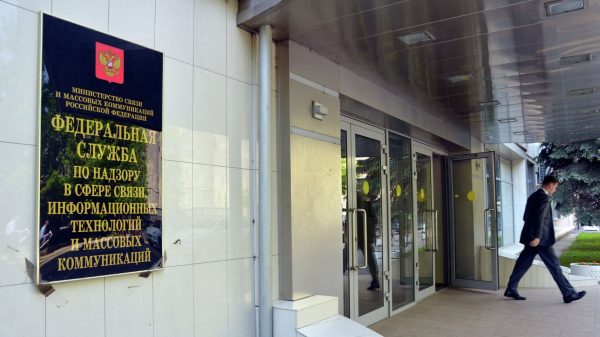
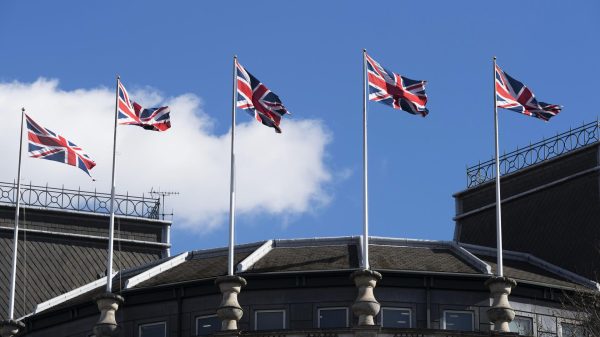
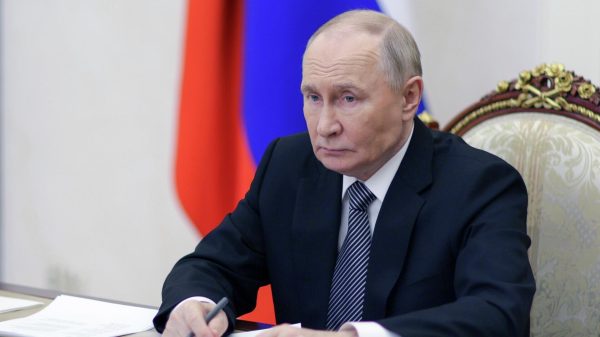
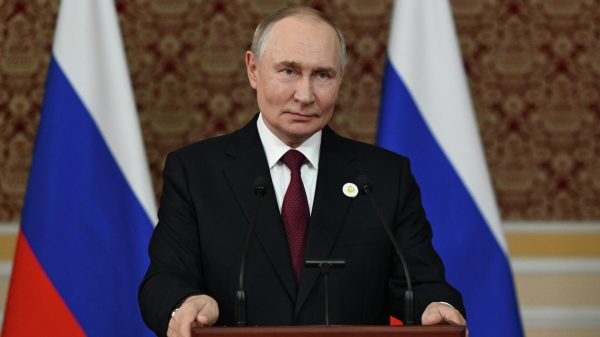
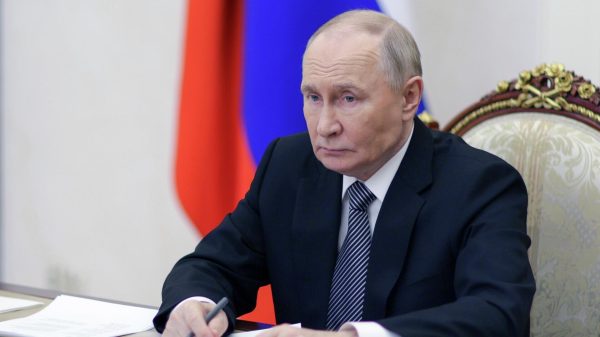

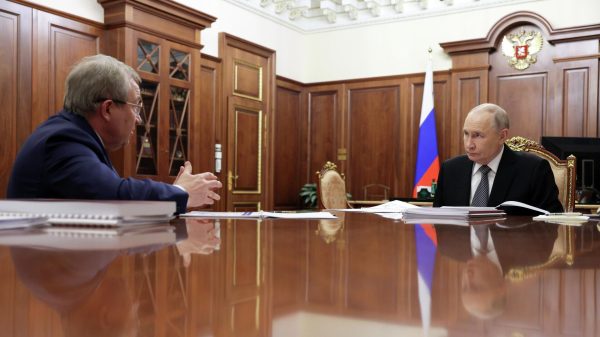









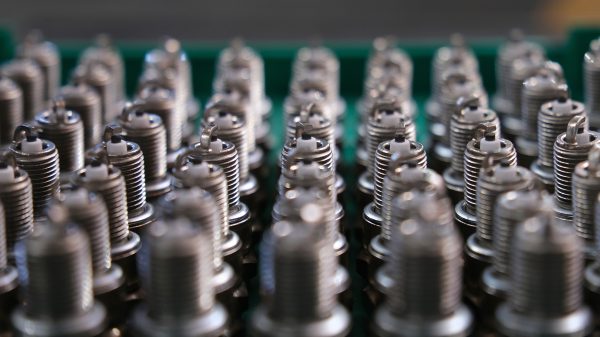

























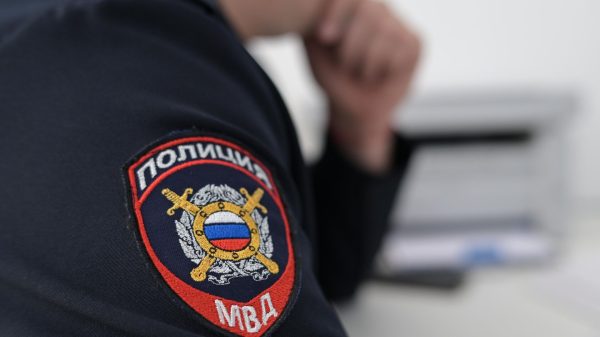
Свежие комментарии